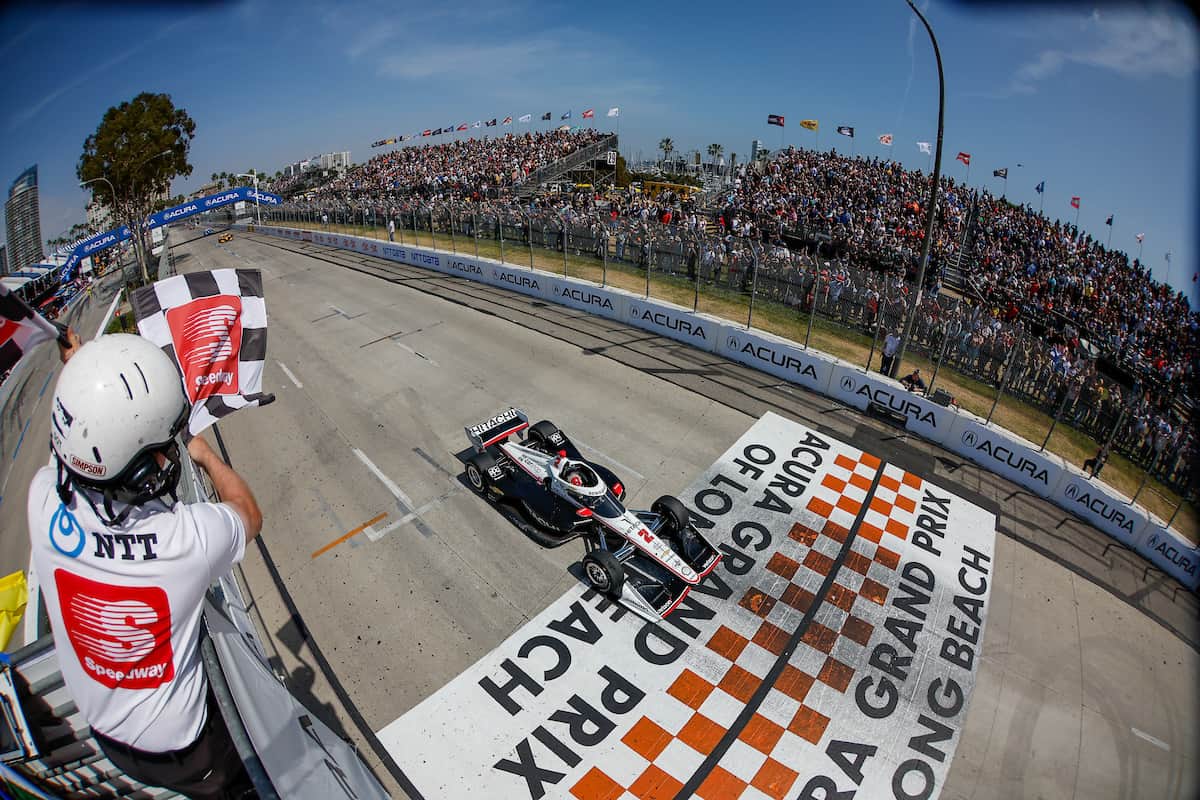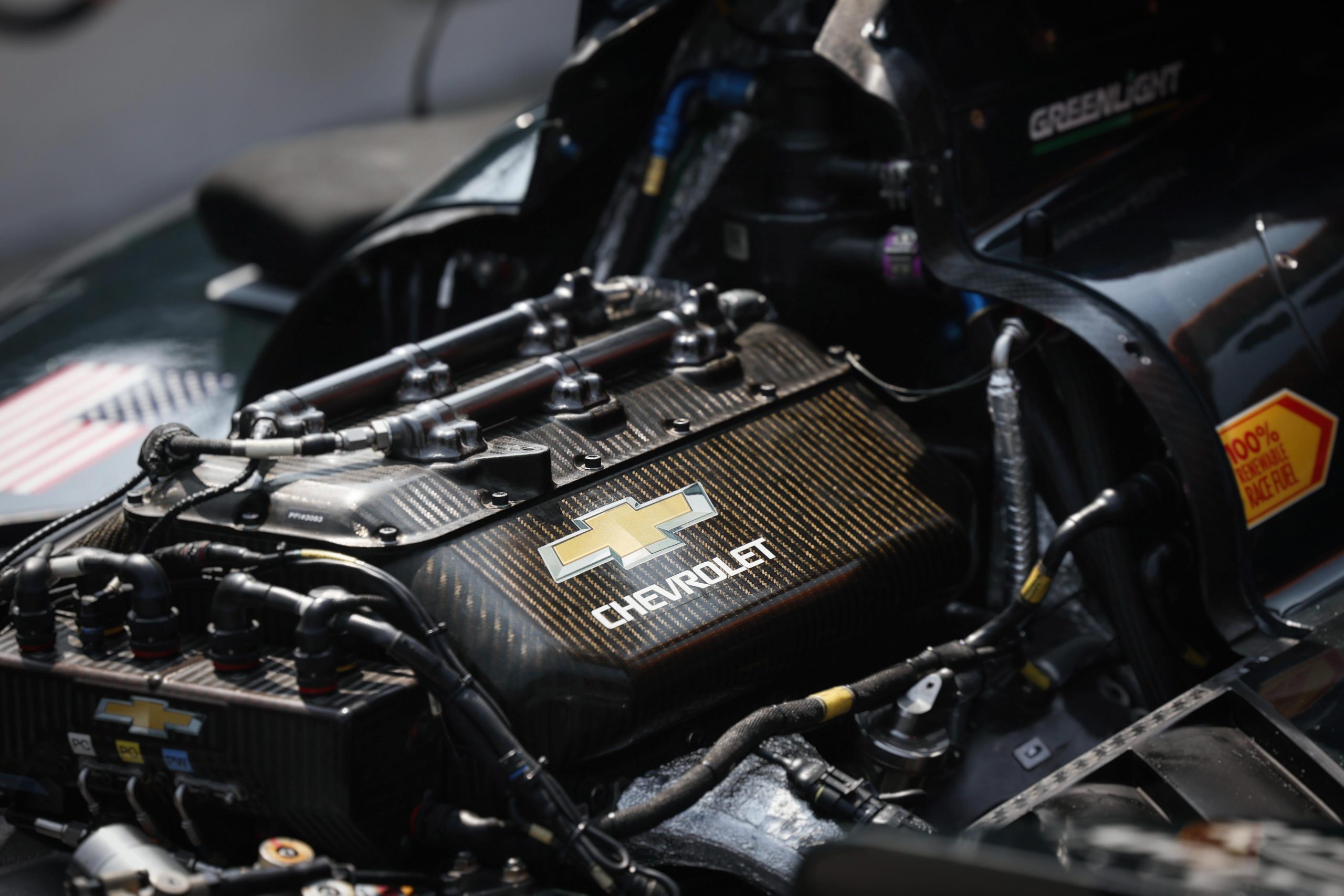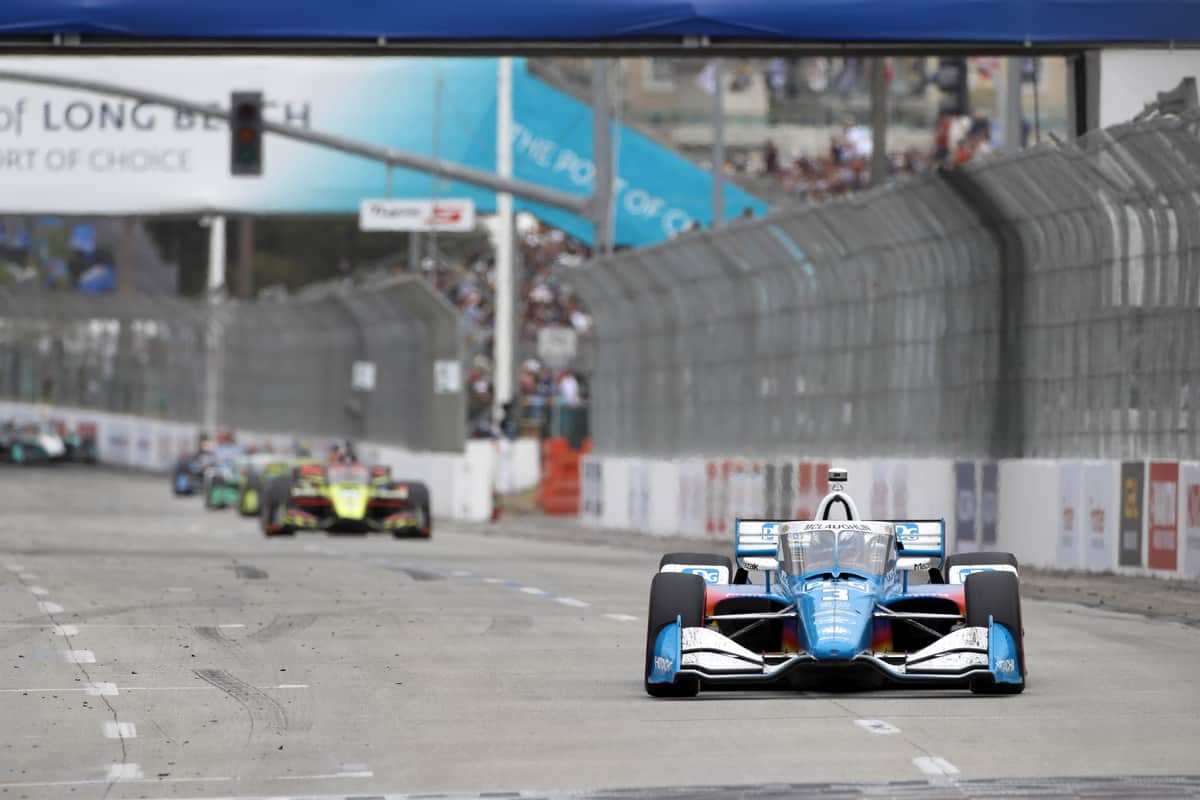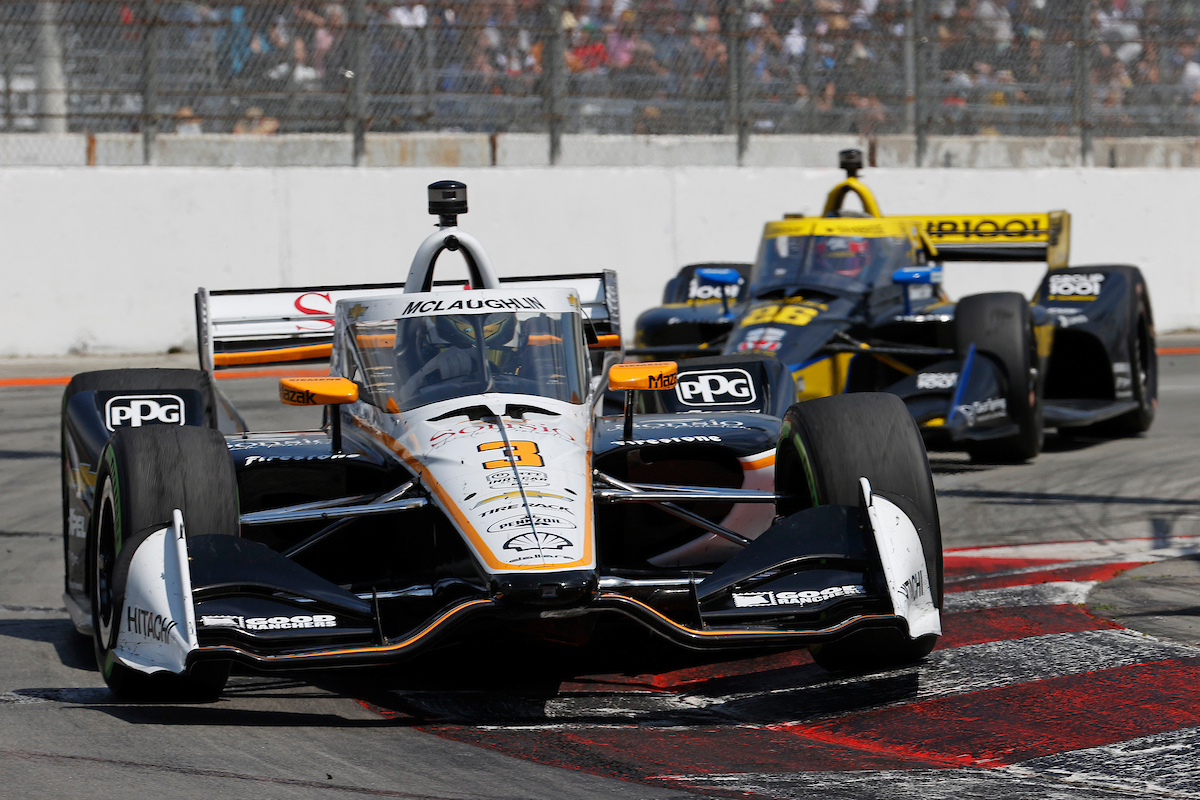How Does IndyCar Qualifying Work? A Comprehensive Guide
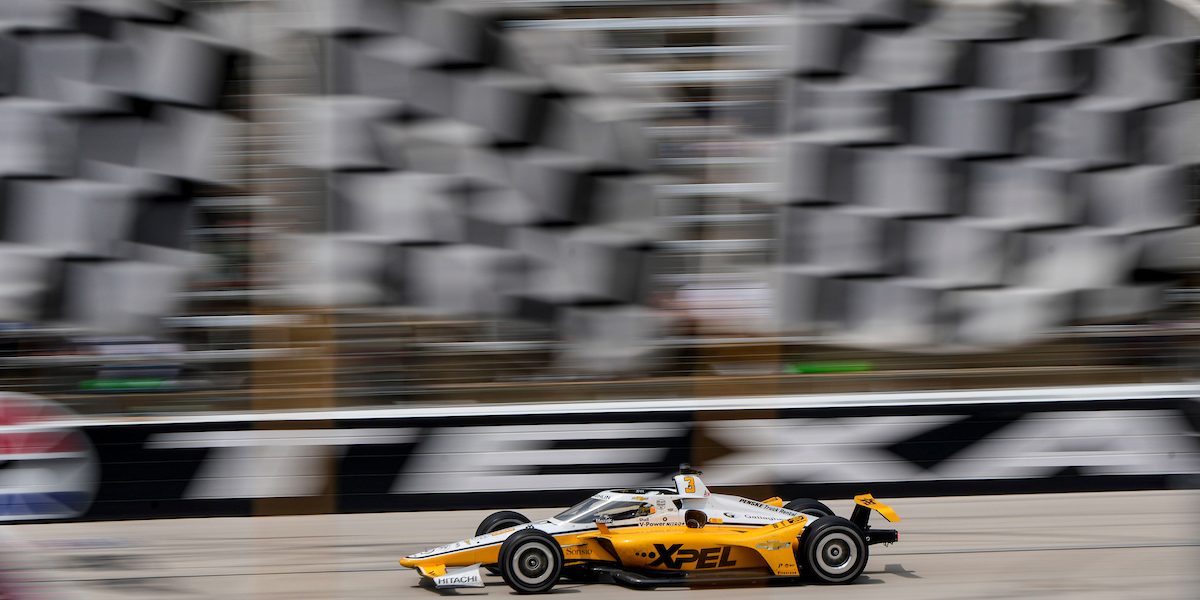
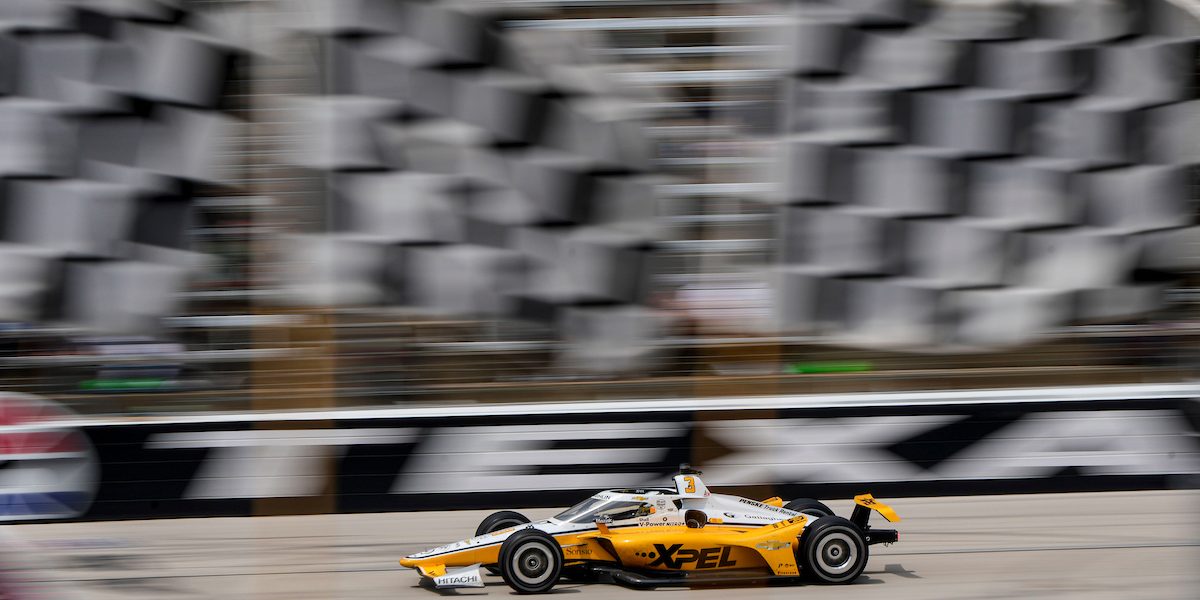
IndyCar is a high-speed, open-wheel racing series that features some of the most talented drivers in the world. One of the most exciting aspects of IndyCar is the qualifying process. Qualifying is a critical part of any racing event, as it determines the starting grid for the race. In IndyCar, the qualifying process is unique and can vary depending on the type of track being used.
For example, in the Indianapolis 500, cars make four-lap qualifying attempts of the Indianapolis Motor Speedway in the order of a random draw on Fast Friday. Cars are ranked by their average speed across the four laps. After all cars have made one attempt, a driver may attempt to improve their qualifying speed by entering their car into one of two lanes on pit road. On the other hand, qualifying for a street or road course event is a bit different. In these cases, drivers take part in a knockout-style qualifying session, with multiple rounds of timed laps determining the final starting grid.
Table of Contents
Overview of IndyCar Qualifying
Qualifying for the NTT IndyCar Series is a crucial part of the racing weekend, as it determines the starting order for the race.
The qualifying process varies depending on the type of track, with different formats for ovals, street courses, and road courses.
In general, qualifying involves a timed session where drivers attempt to set the fastest lap times possible. At oval tracks, drivers participate in a unique format where they run in reverse championship order, with the lowest-scoring driver going first. Each driver gets a warm-up and two laps to set the fastest average speed.
The qualifying order at the Indianapolis 500 is determined by a random draw on Fast Friday, with cars making four-lap qualifying attempts.
The cars are ranked by their average speed across the four laps, and drivers may attempt to improve their qualifying speed by entering their car into one of two lanes on pit road.
Scott Dixon of Chip Ganassi Racing claimed the pole position for the 2022 Indy 500 by completing a four-lap qualifying run with an impressive speed of 234.046 mph. Dixon’s qualifying run for the 2022 Indy 500 pole position was the quickest in the history of the race, surpassing Scott Brayton’s 1996 run of 233.718 mph.
On street and road courses, qualifying is split into multiple sessions, with the fastest drivers from each session advancing to the next round.
The first session is typically a knockout format, where the slowest drivers are eliminated after each round. The final session determines the starting order for the race, with the driver who sets the fastest lap time starting from pole position.
In all qualifying sessions, drivers are limited by the number of laps they can run and the amount of time available. This means that they must carefully manage their time and make the most of every lap to set a fast time.
The qualifying format is designed to create an exciting and competitive atmosphere, with drivers pushing themselves and their cars to the limit to secure the best possible starting position for the race.
Qualifying Formats
Road/Street Course Qualifying Format
On road and street courses, there are three rounds of qualifying. In the first round, all cars are divided into two groups, Group 1 and Group 2, with each group getting 10 minutes of track time.
The fastest six cars from each group advance to the second round, while the remaining cars are ranked based on their fastest lap time.
In the second round, the remaining 12 cars have 10 minutes of track time to set their fastest lap. The six fastest cars advance to the final round, while the remaining six cars are ranked based on their fastest lap time.
The final round, also known as the Firestone Fast Six, consists of six cars and lasts for 10 minutes. The driver with the fastest lap time in this round wins the pole position.
Oval Course Qualifying Format
On oval courses, there are two rounds of qualifying for each race weekend.
In the first round, each car has one four-lap qualifying attempt. The order of the cars is determined by a random draw. After the first round, the cars are ranked based on their fastest four-lap average.
The fastest 33 cars advance to the second round, known as the Fast Nine. In the Fast Nine, each car has one four-lap attempt to determine their starting position.
The cars are ranked based on their fastest four-lap average in this round, with the car with the fastest average starting on the pole position.
Overall, the qualifying format for the IndyCar series is designed to reward speed and consistency. The format ensures that the fastest cars start at the front of the grid, while also providing an opportunity for every car to qualify for race day.
Rules and Regulations
Car Eligibility
All cars participating in the IndyCar qualifying session must meet the eligibility requirements set forth by the IndyCar Series. The cars must pass technical inspection and meet the minimum weight requirements, fuel capacity, and other specifications. The rules and regulations are updated regularly, and teams must stay up-to-date with the latest requirements to ensure their cars are eligible to participate.
Qualifying Order
The order in which the cars qualify is determined by a random draw. Each car is guaranteed one four-lap qualifying run, which is done alone on the track. The drivers are allowed to make multiple attempts to qualify, but only their fastest time will count. The qualifying session takes place over two days, with the final positions being determined on the second day.
Penalties and Disqualifications
If a car fails to meet the eligibility requirements or violates any of the rules and regulations during the qualifying session, it may be subject to penalties or disqualification. The penalties may include a loss of position or time, fines, or even suspension from future races. The officials have the final say in determining the penalties and disqualifications, and their decisions are not subject to appeal. Overall, the IndyCar Series has strict rules and regulations in place to ensure fair and safe competition. The teams and drivers must follow these rules to participate in the qualifying session and the race.
Strategy and Tactics
Qualifying in IndyCar is not just about speed, it is also about strategy and tactics. The drivers and teams must make decisions about tire management, drafting, and pit stops to give themselves the best chance of securing a good starting position.
Tire Management
Managing tire wear is crucial to a successful qualifying attempt. The tires must be at their best for the four-lap run, so the teams must decide when to put on new tires and how many laps to run on them before the qualifying attempt. They must also consider factors such as track temperature and weather conditions to make the best decision.
Drafting
Drafting is another important tactic in IndyCar qualifying. Drivers can gain a significant advantage by drafting behind another car, which reduces air resistance and allows them to go faster. However, drafting also requires careful coordination between the drivers, as they must work together to time their runs and avoid interfering with one another.
Pit Stops
Pit stops are not just for the race, but they also play a role in qualifying. Teams must decide when to make a pit stop during the qualifying session to change tires or make adjustments to the car. Timing the pit stop correctly can make a big difference in the driver’s speed and overall qualifying position.






